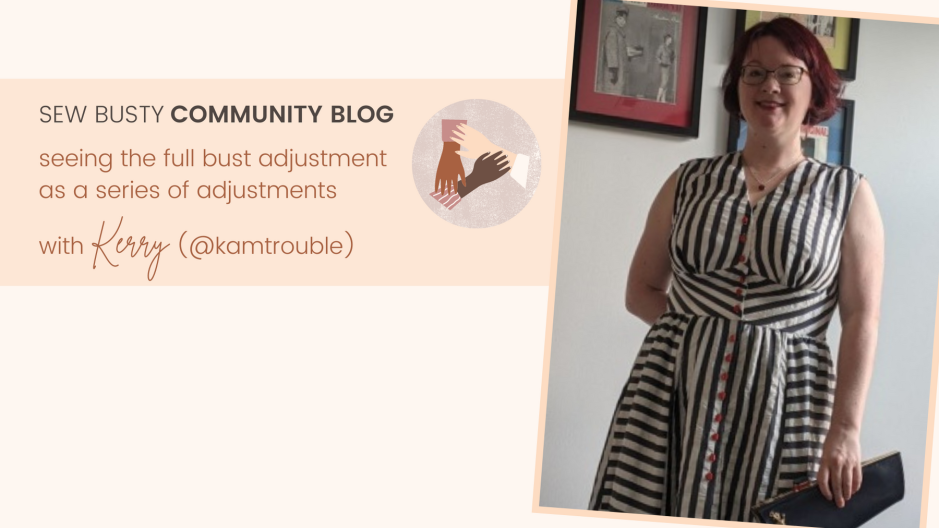
Community Blog | Seeing the Full Bust Adjustment as a Series of Adjustments with Kerry
Over the past couple years, I’ve gotten quite confident in my ability to do a successful FBA on a standard two-dart bodice pattern.
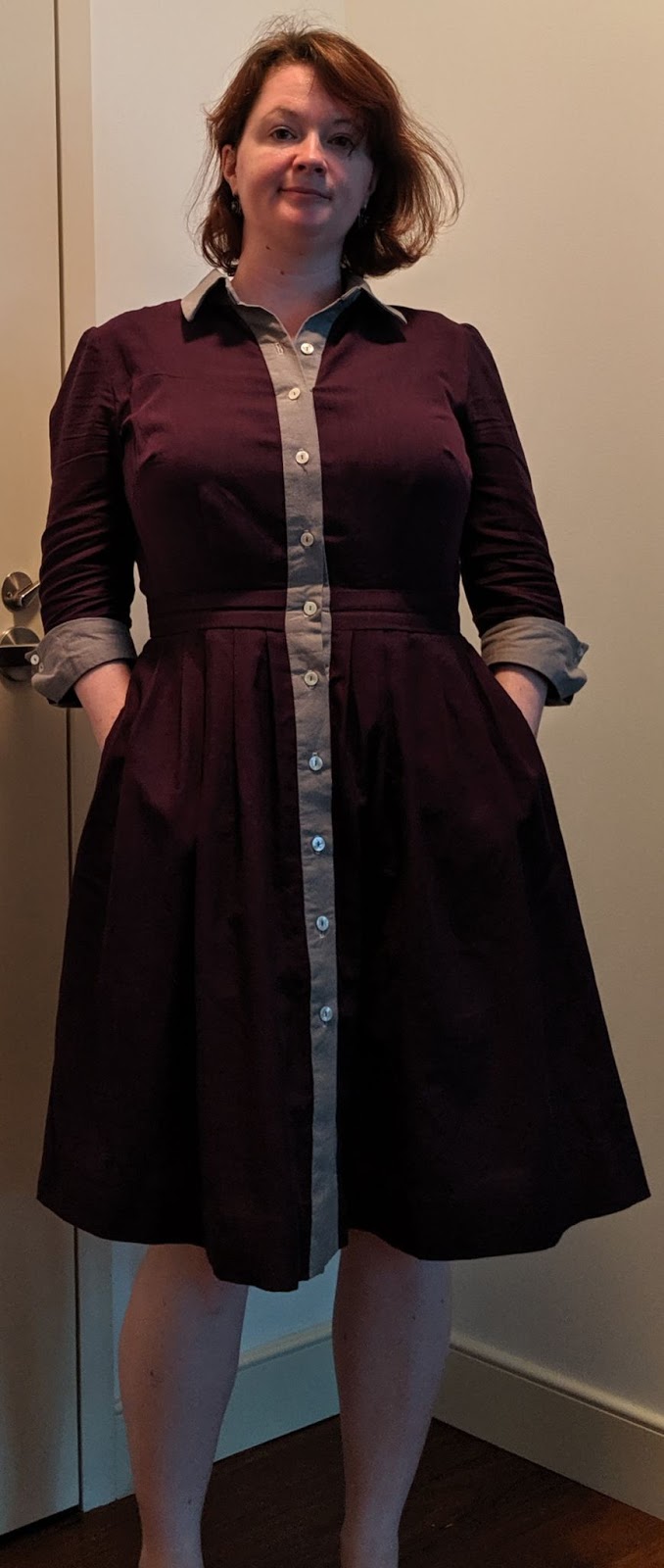
I’ve even gotten comfortable with the idea that you can pivot darts anywhere you’d like around the apex and that they can be split and transformed into gathers.
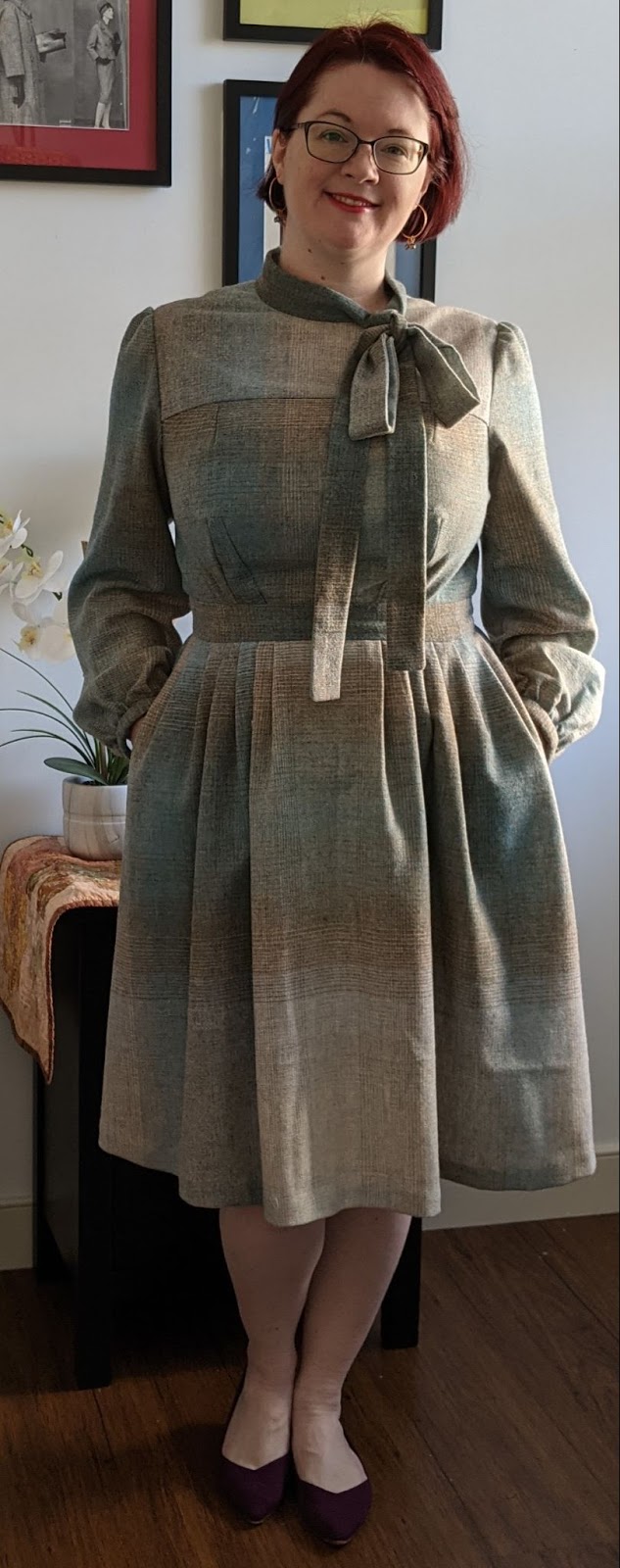
But I haven’t had a lot of practice with doing an FBA on other types of bodices.
Enter the weekend sew-along hosted by Marika of Enchanted Rose Costumes for McCalls 7974.
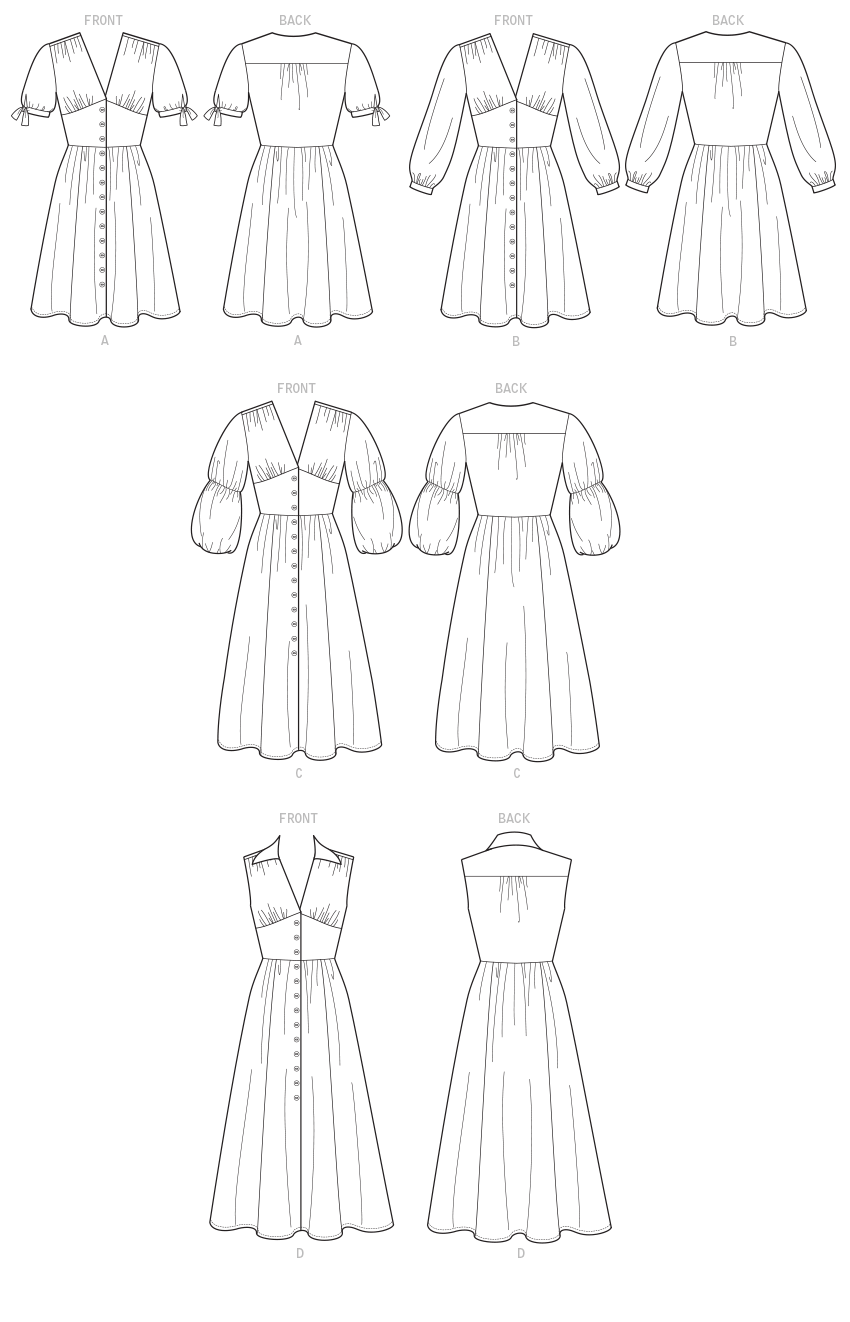
This pattern not only doesn’t have standard darts, it has a plunging neckline and a curved underbust seam. My experience with this style of bodice in RTW has been that plunging necklines are prone to gaping and that underbust seams rarely sit under the bust.
I knew fitting this bodice would likely take several tries, so I started with a straight 1” FBA on the size corresponding to my upper bust measurement. (This is always a bit off for me, since I’m in between upper bust measurements on most standard size charts. I err on the side of slightly too big and then use my toiles to refine if necessary.)
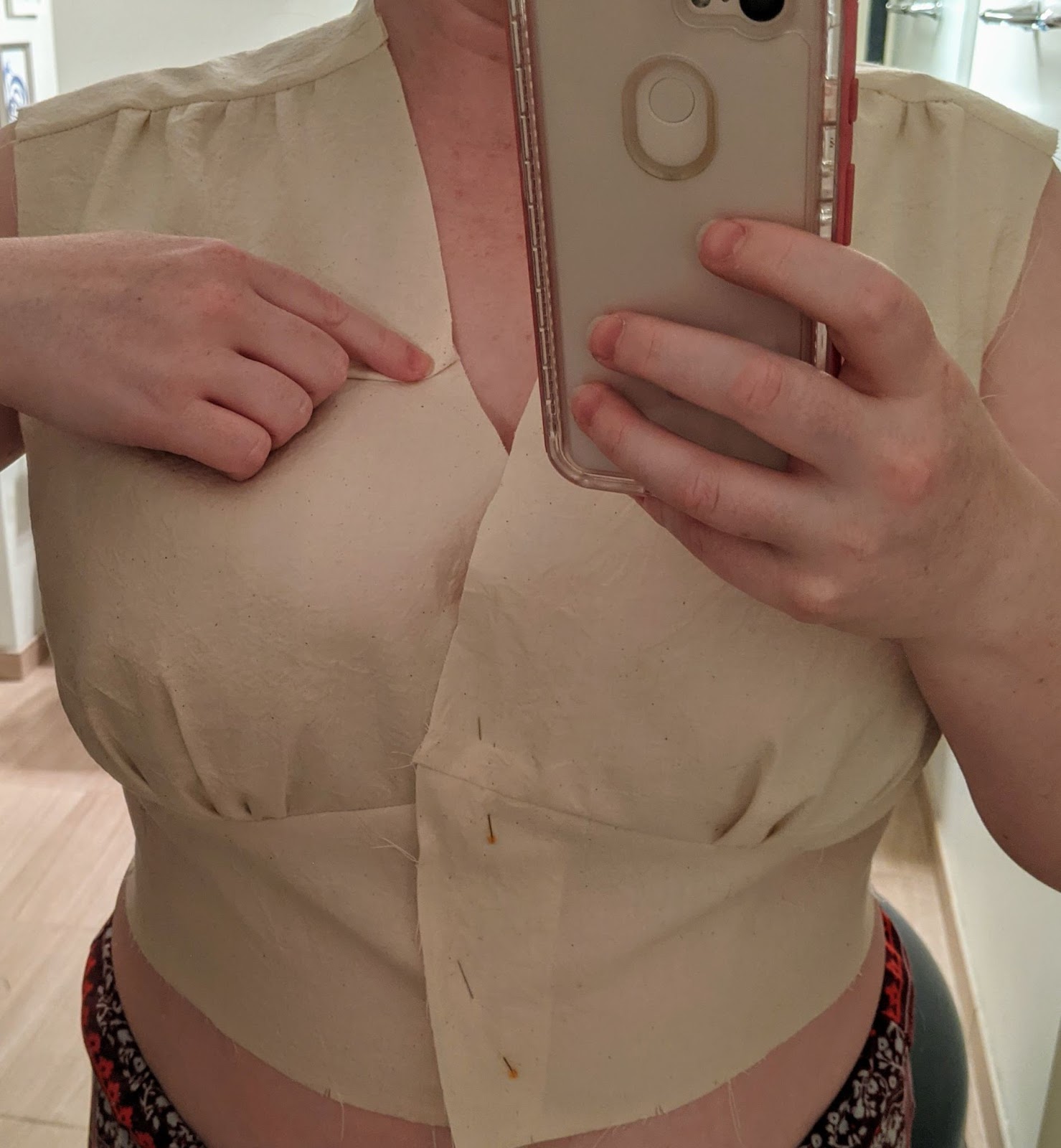
This bodice was undoubtedly better than the standard pattern, but the underbust seam didn’t sit against my ribcage. So, even though it seemed like I had added enough width, I had not added enough length. Also, I was able to pinch out some fabric along the front neckline – suggesting it wasn’t going to sit tight against the body.
Back to the drawing table.
The FBA is often treated as a single adjustment, but it’s actually a series of changes. The obvious change is that you’re adding width right at the apex. This makes sense because doing an FBA is often triggered by noting that the full bust measurement on a pattern is smaller than your own full bust measurement. But an FBA also adds length – specifically travelling over the apex – because it assumes that the change in width is at least partially driven by a higher point the cloth must travel over (more forward thrust, if you will). This might not be the case! Or the distribution of that forward thrust may not be distributed above and below the apex in the assumed ratio. There are an infinite variety of body shapes and untangling which standard adjustment assumptions work for you and which ones do not can take time.
For my second attempt, I added length to the entire bodice piece after doing my 1” FBA.
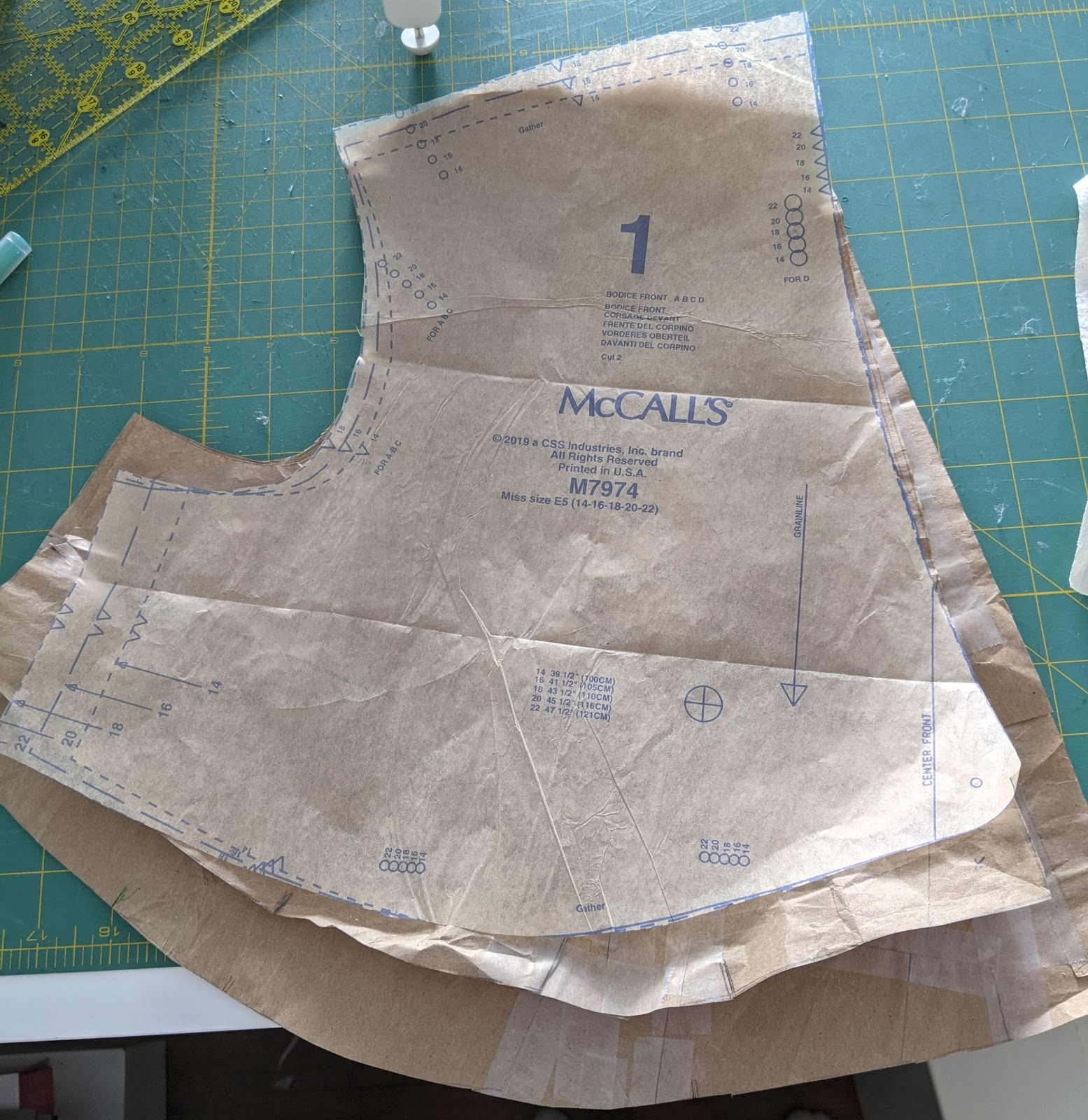
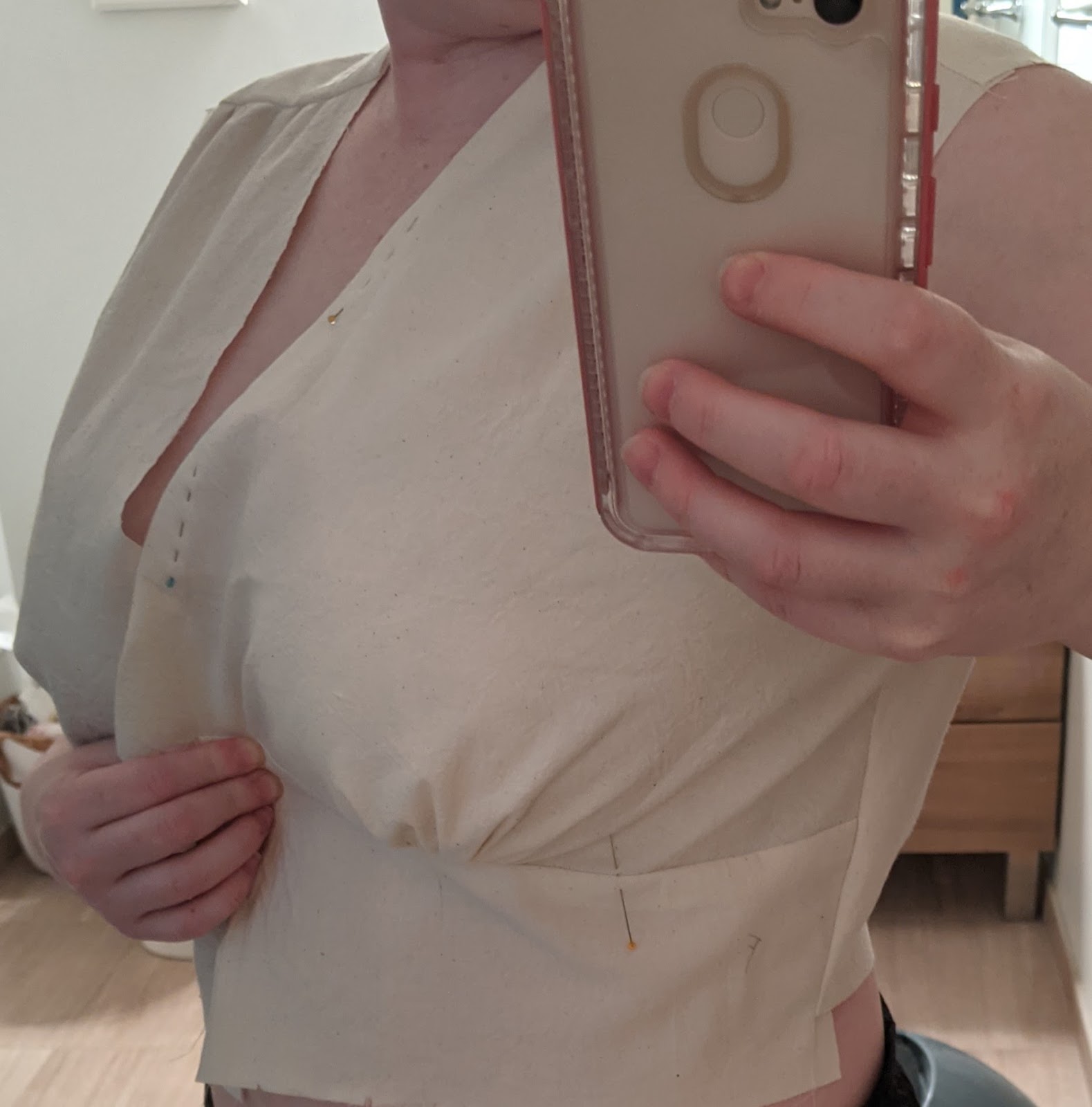
This toile puffed out along the sides. (I didn’t bother to cut new back pieces for this toile which is why they don’t match at the side seams.)
The fact that this didn’t work made a lot of sense once I thought about it. The underbust seam actually sat in the right place along the sides in my first toile – it was just under the bust itself that it seemed to float out and ride up. So I marked where along the underbust seam it started to sit in the right place. Then I did my 1” FBA and added on extra length right below the apex and tapered it out to the side seam.
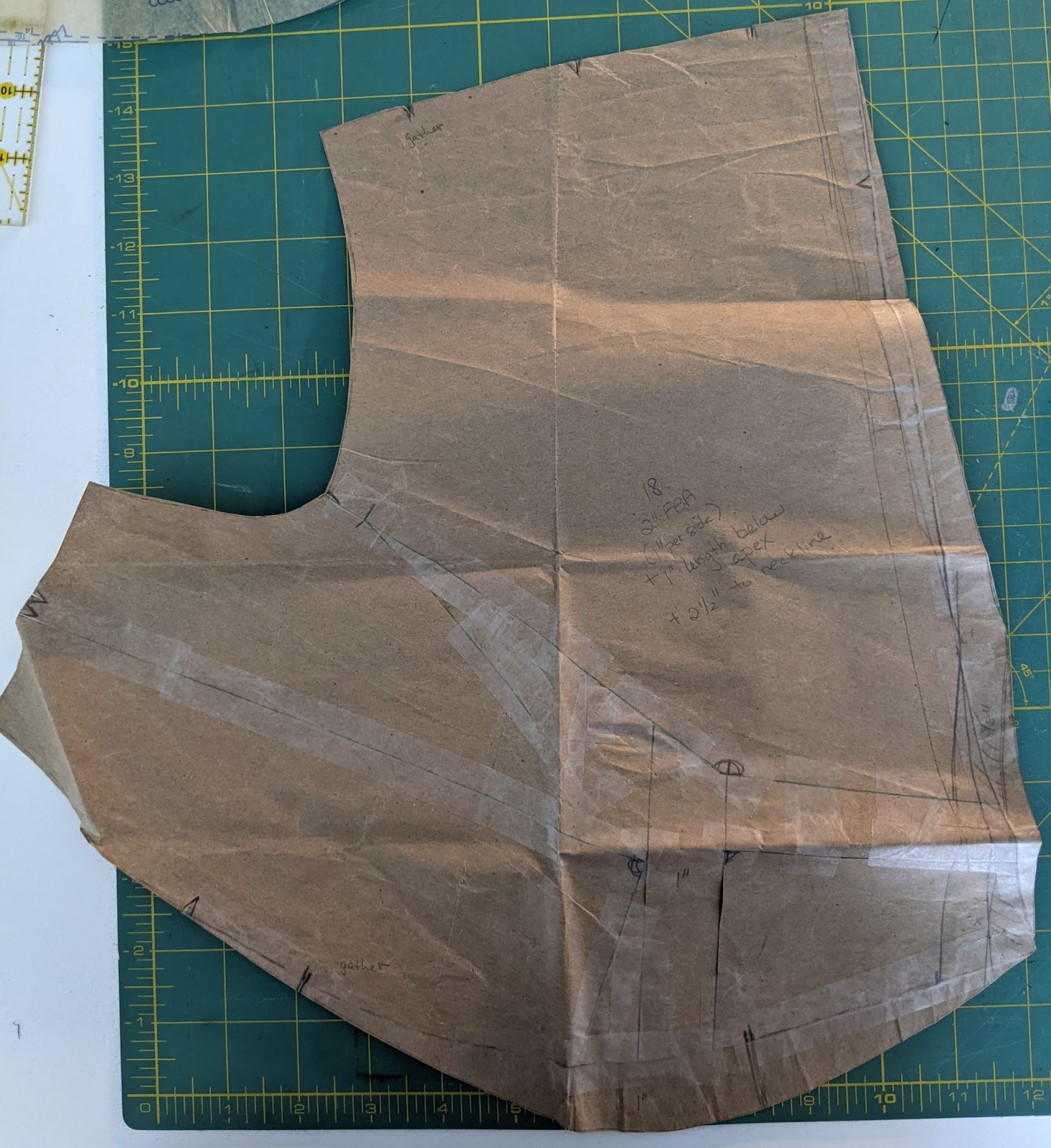
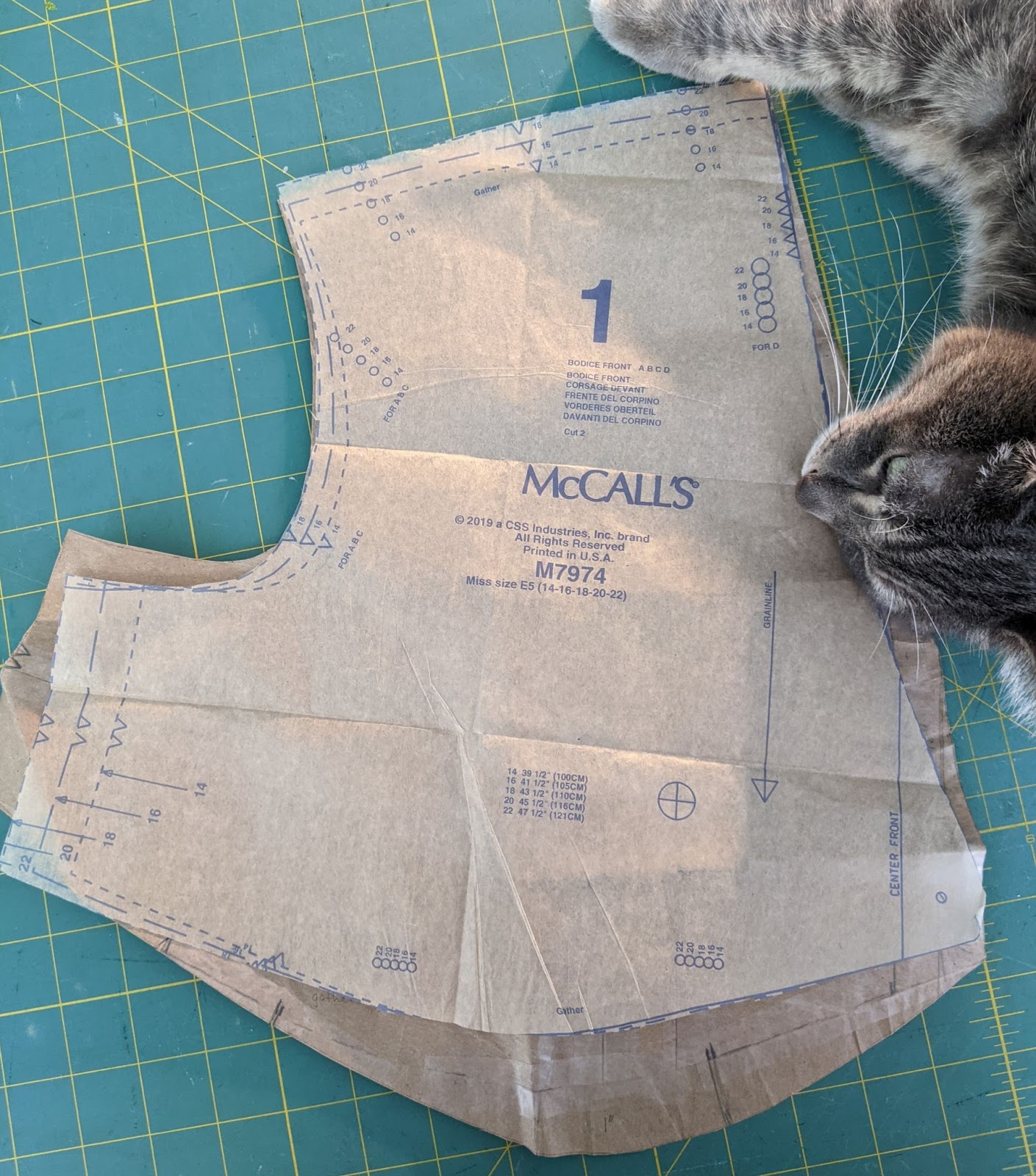
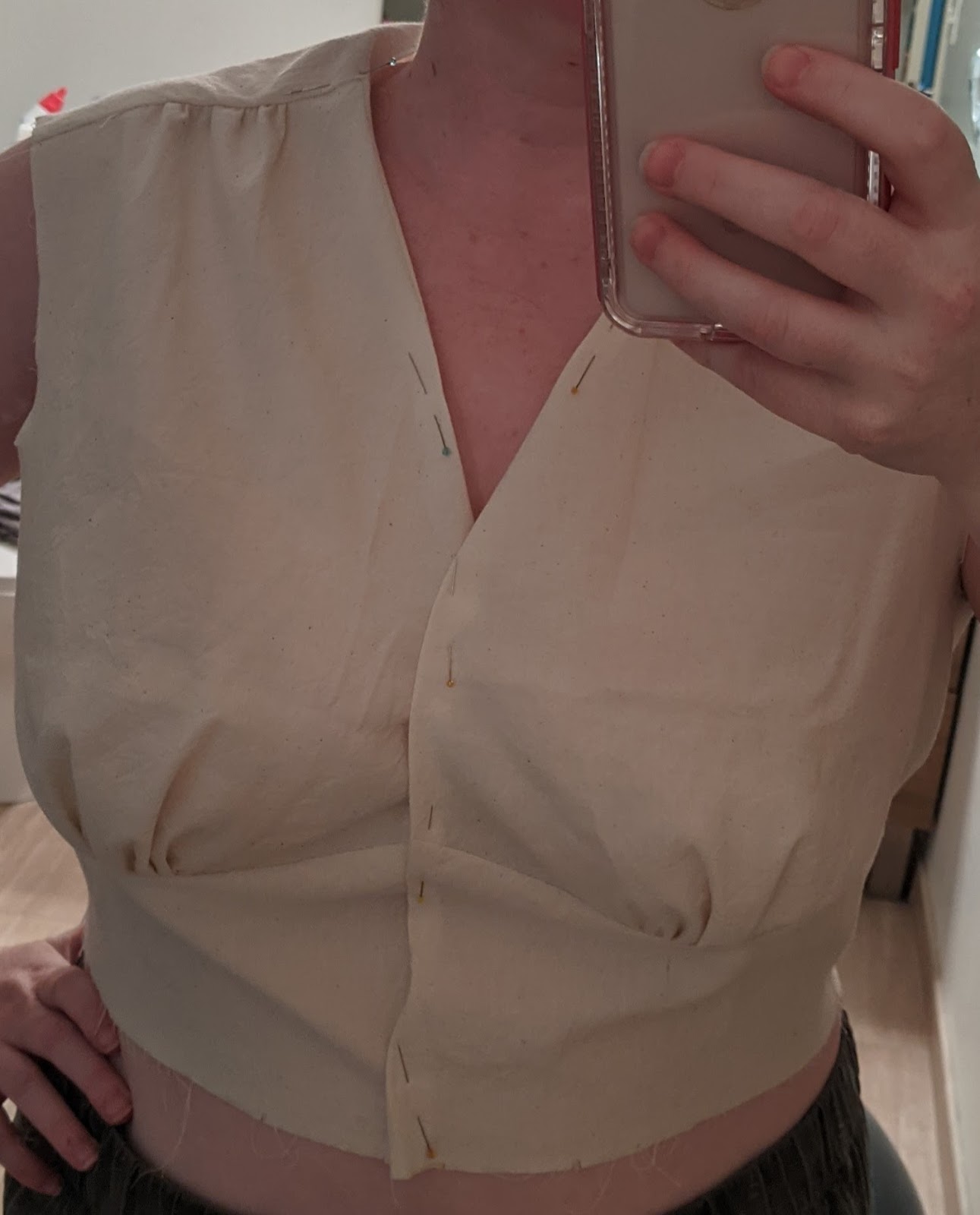
The style of this particular dress made it really obvious, but as I thought about it I realized that I have had this problem before! Even if I have no other drag marks or pulling after an FBA, I do notice the center front waist pulling up a little. Whatever the assumption in a standard FBA is about how much length to add for how much width, it isn’t quite enough for my particular shape. In hindsight this seems obvious, but I think it took the full process for me to really start to see the FBA as a series of adjustments rather than a rigid formula.
For the actual dress, I also raised the neckline and sewed a strip of organza into the neckline seam to stabilize it, so I wouldn’t have any gaping.
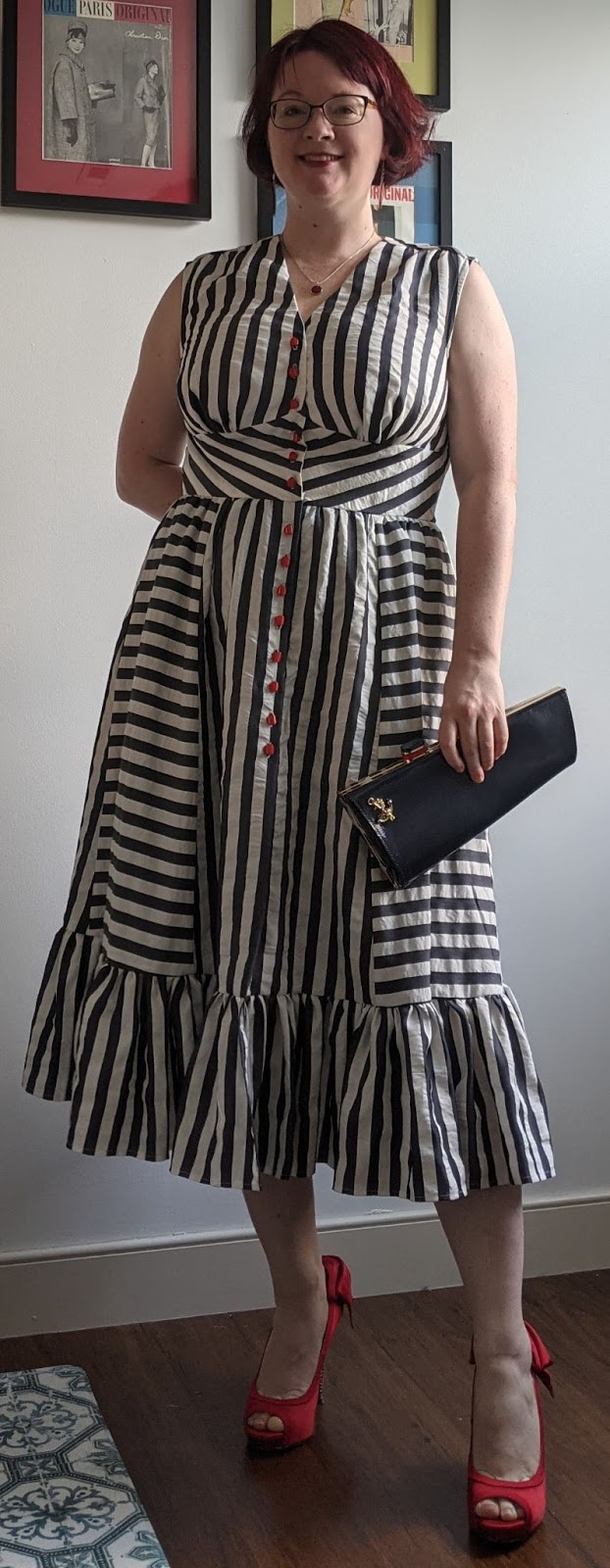
Kerry learned how to sew from her mother as a kid, but only recently started sewing consistently for herself. You can see her sewing projects on both her IG @kamtrouble and on her blog.
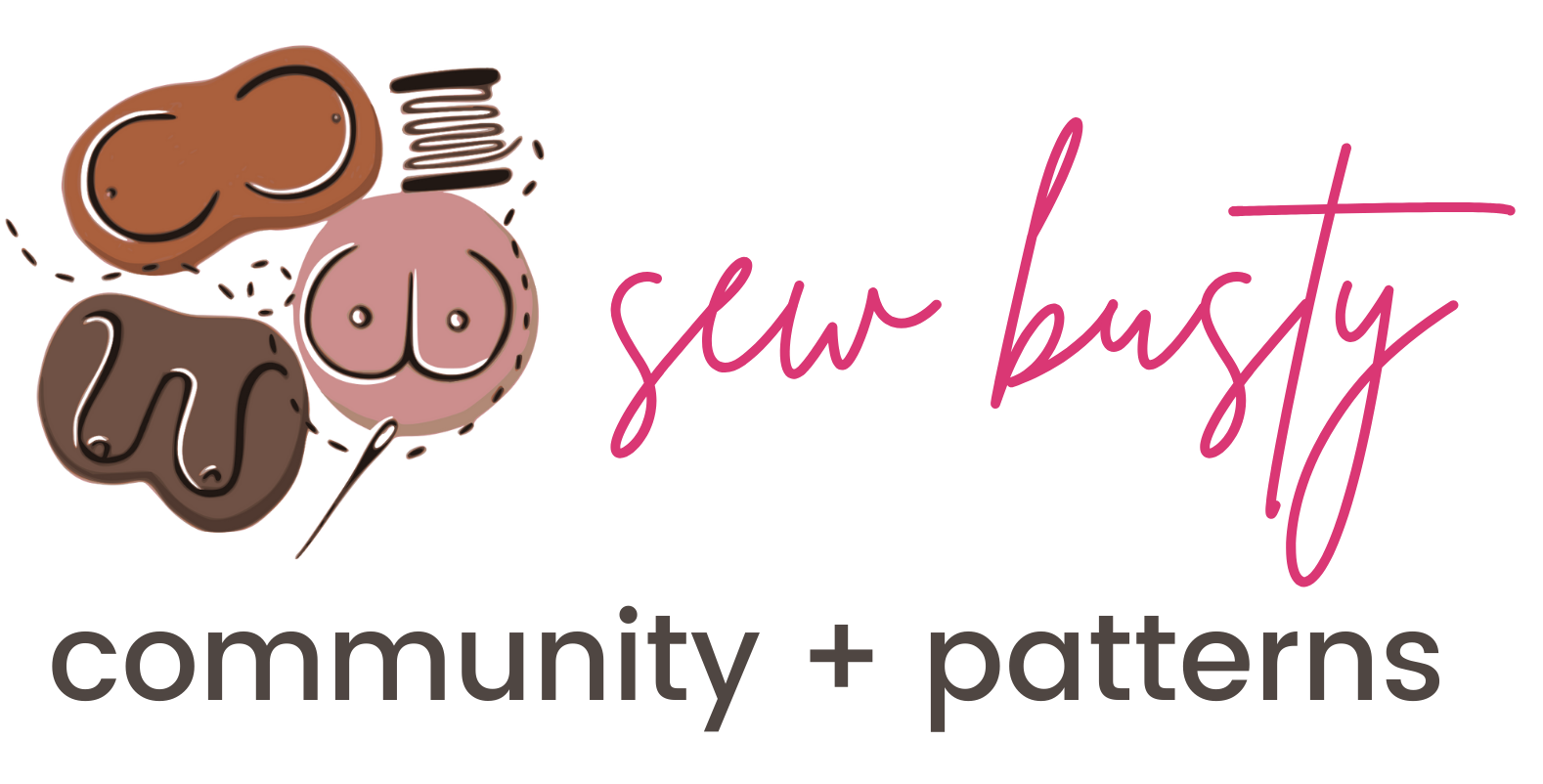
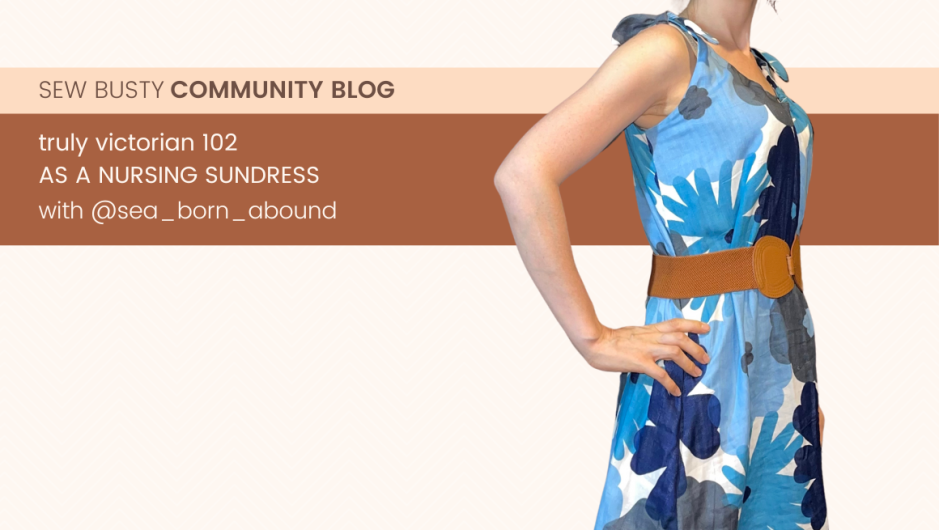
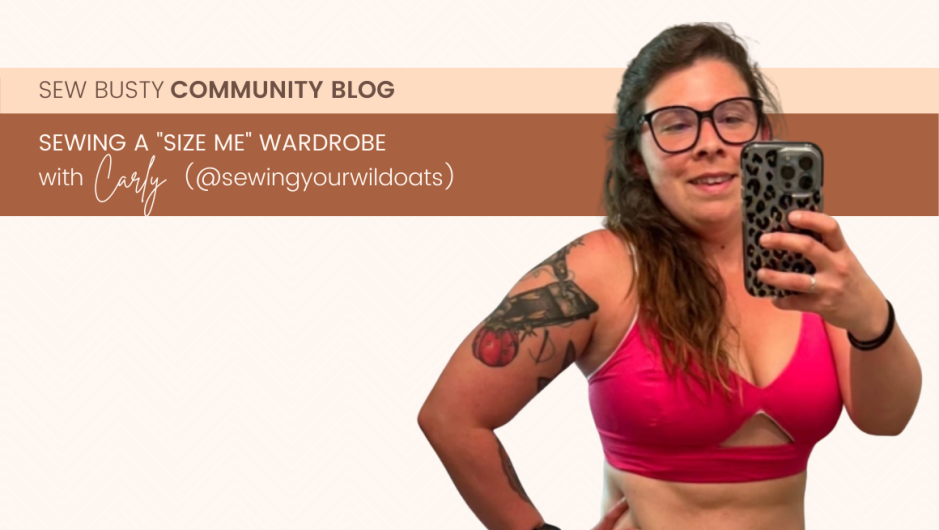
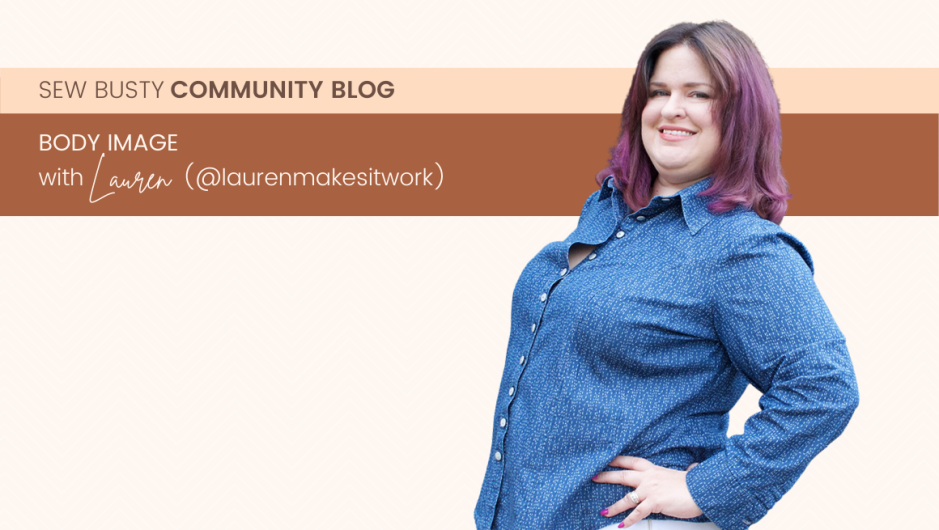
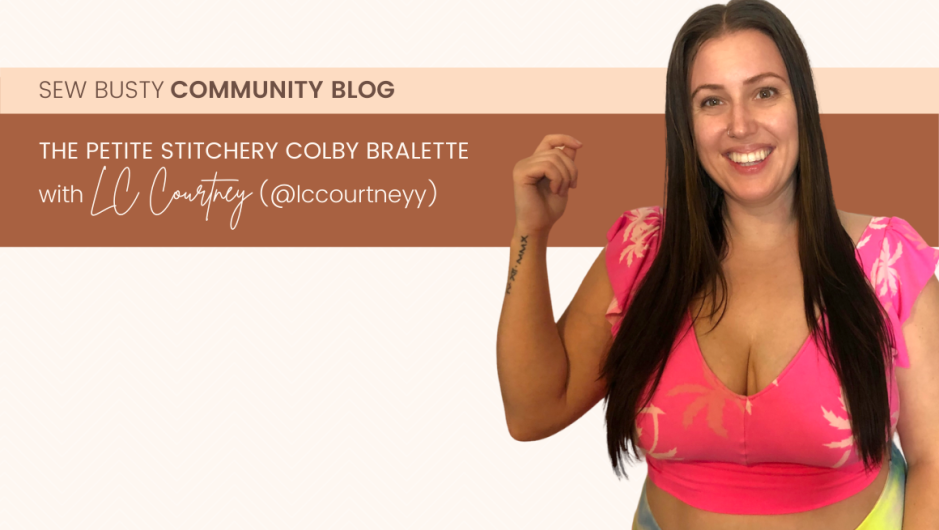
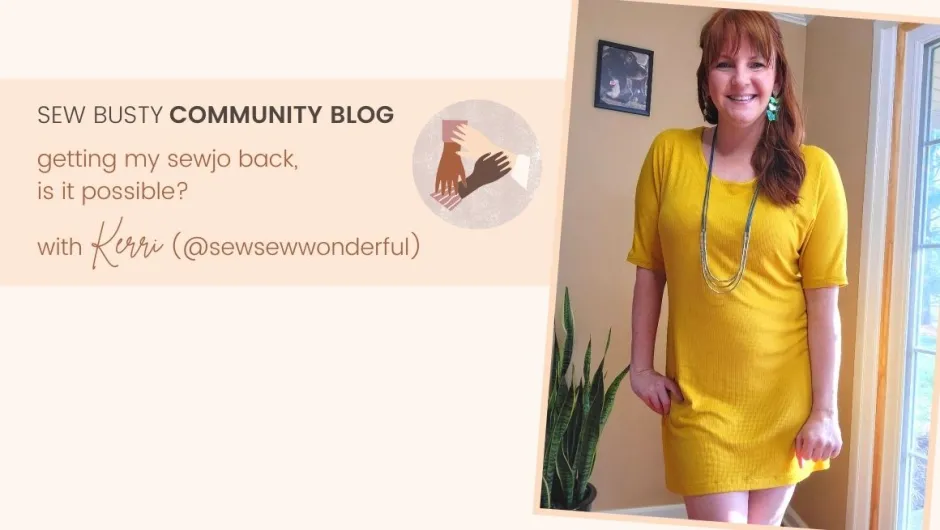
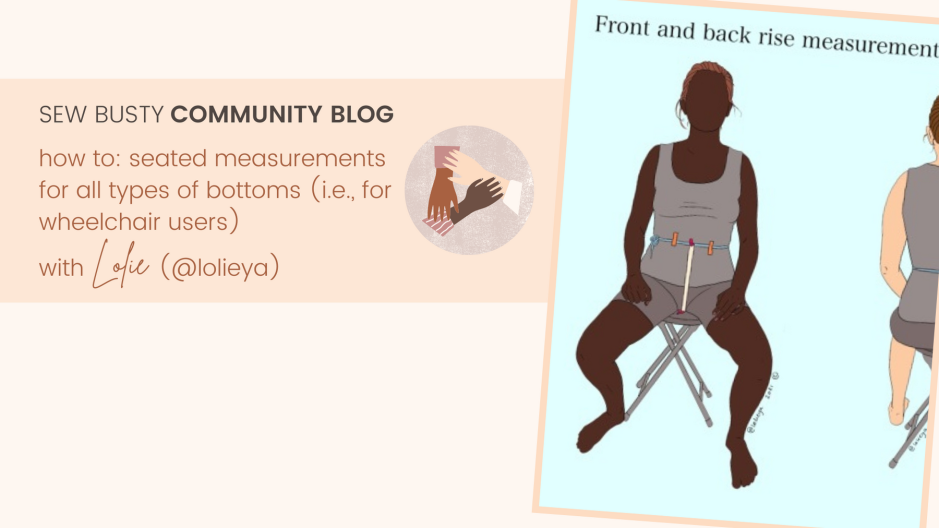
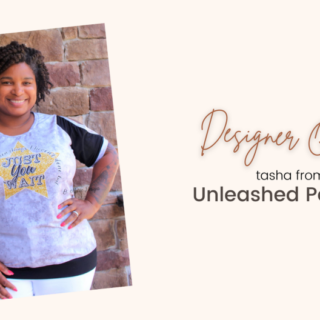

jennifer
August 6, 2021Thank you for this! A few years ago I made a Tessuti Lois, which has a similar type of front bodice piece. I did an FBA and transitioned from an underbust dart to gathers and it turned out great. This past week I made a Rebecca Page Summer Maxi, which started out with gathers and my FBA just added more. But I have those puffy folds on the side of my bust. The dress is wearable, but I’ve been trying to figure out the right way to fix the problem for my next version and you gave me some new things to consider.
sewbustycommunity
August 6, 2021Soooo glad to hear this is helpful! 💕